The best BIA smart scales for the Apple ecosystem
Top tier bioelectrical impedance analysis for your fitness journey!
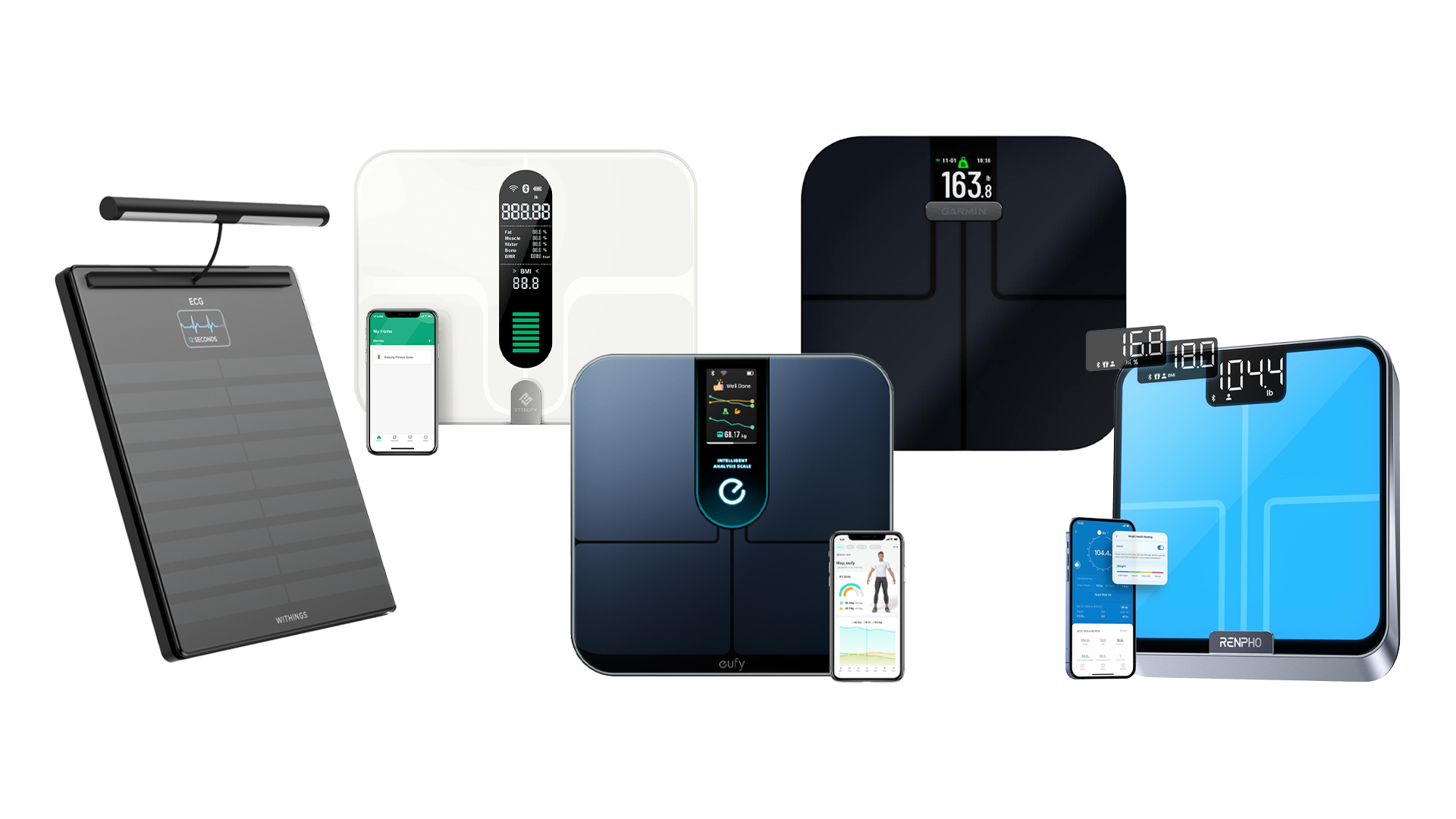
Quick list↴
1. Best overall
2. Best info dense display
3. Best premium scale
4. Best Apple integration
5. Best for hardcore runners
6. Best aesthetics
How to choose
So you’ve decided to make health and fitness a priority beyond a New Year’s resolution, and now you’re looking for a smart scale to provide you with easy-to-understand data to help you track your progress. Well, bioelectrical impedance analysis scales are the way to go. They’ll provide you with more than just your weight, which can be deceptive. You’ve been working out for two months but you haven’t lost any weight and you’re understandably frustrated. A BIA contextualizes your efforts by showing you that you’ve actually put on some muscle mass AND lost fat. Did you know that muscle weighs more than fat? So that may be why you’re not seeing results in the numbers on a traditional scale. I will add that you should be seeing some of those results in the mirror, or in how your clothes are fitting (or not), but we all get so fixated on the numbers on a scale.
If you’re going to be fixated on the numbers on a scale, they should at least be the right numbers. But in this case, the trend numbers more than the daily readings. I recommend weighing in once a week at the same time.
The scales in this guide have been chosen for price, “accuracy,” Apple Health and Apple ecosystem integration, and the amount of body composition data they provide. “Accuracy” is important to note because smart scales’ body analysis is more of an approximation, and should be used by you to understand trends on your fitness journey instead of daily or weekly hard numbers. Now, the industry standard for getting “hard numbers” is something called a DEXA scan and I had myself scanned in the process of reviewing these scales so that I could tell you which were the most accurate.
The quick list
Take a fast look through these BIA smart scales , with choices for different needs and budget. To read more about any of them, just click to jump down to our full write-ups.
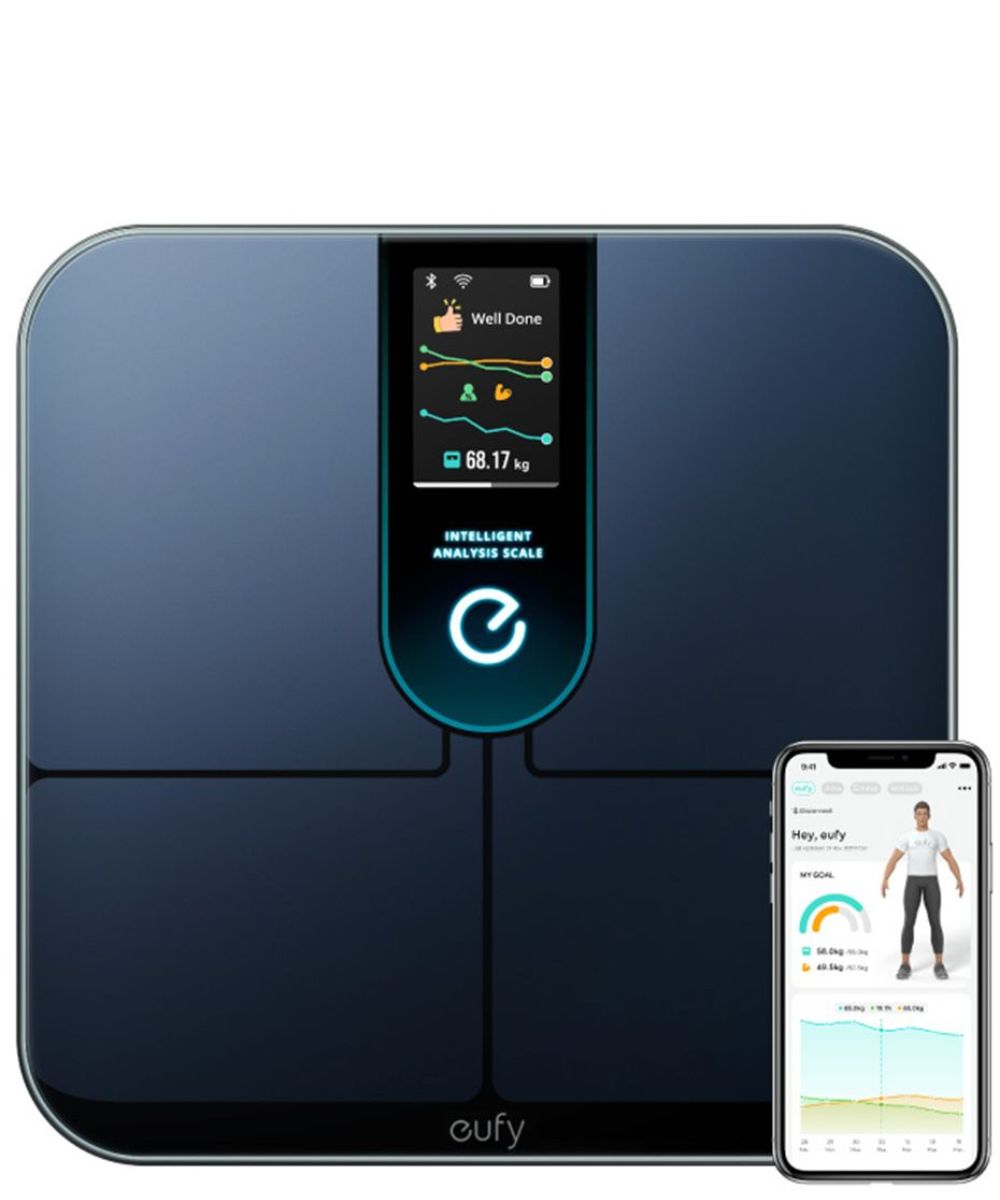
The best BIA smart scale for most people
Anker’s Eufy P3 was almost as accurate and consistent as our premium pick, but at a fraction of the cost.
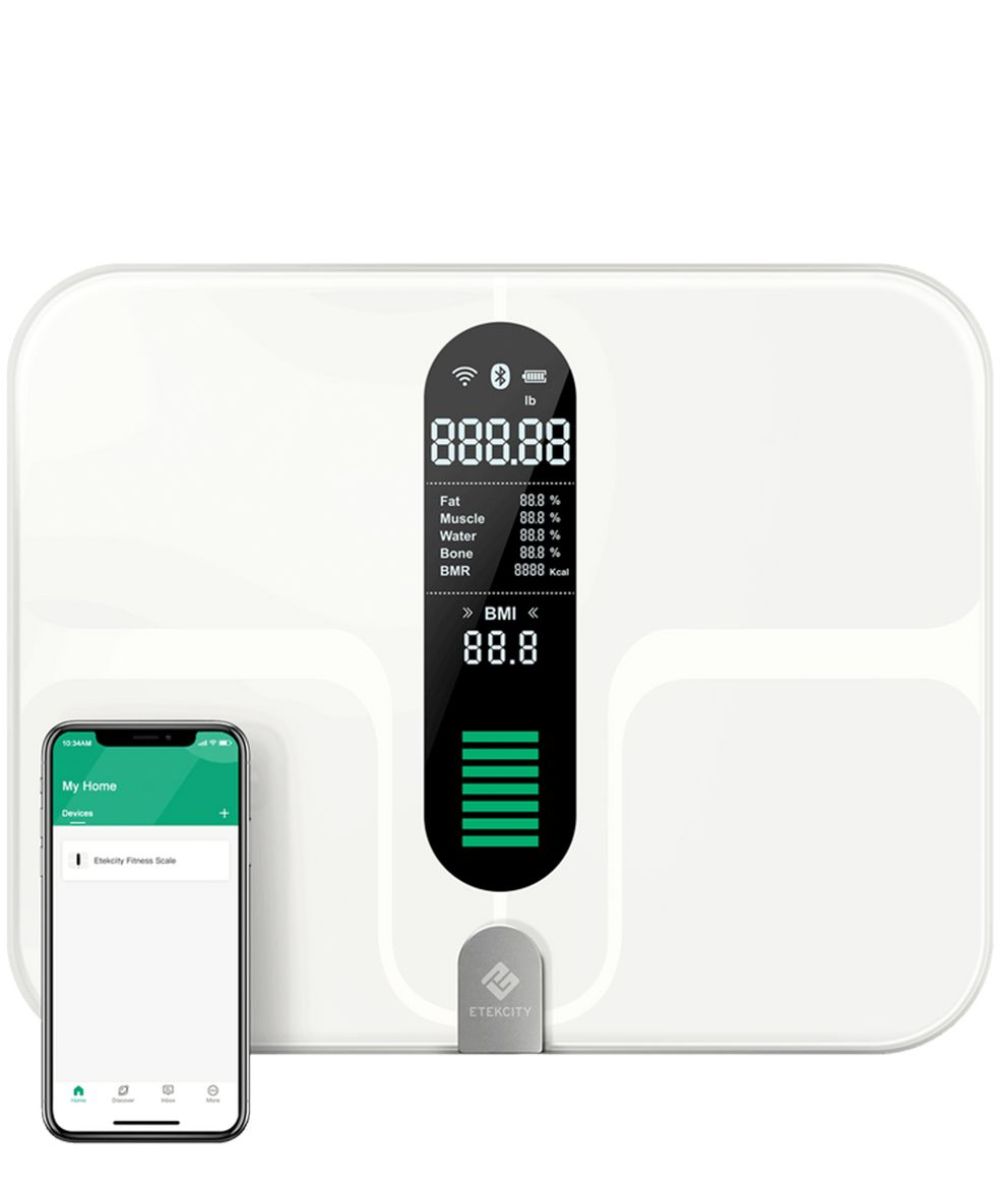
The best info dense display
Etekcity’s ESF00+ has a large, vertical display which shows 7 data points at-a-glance without having to open an app.
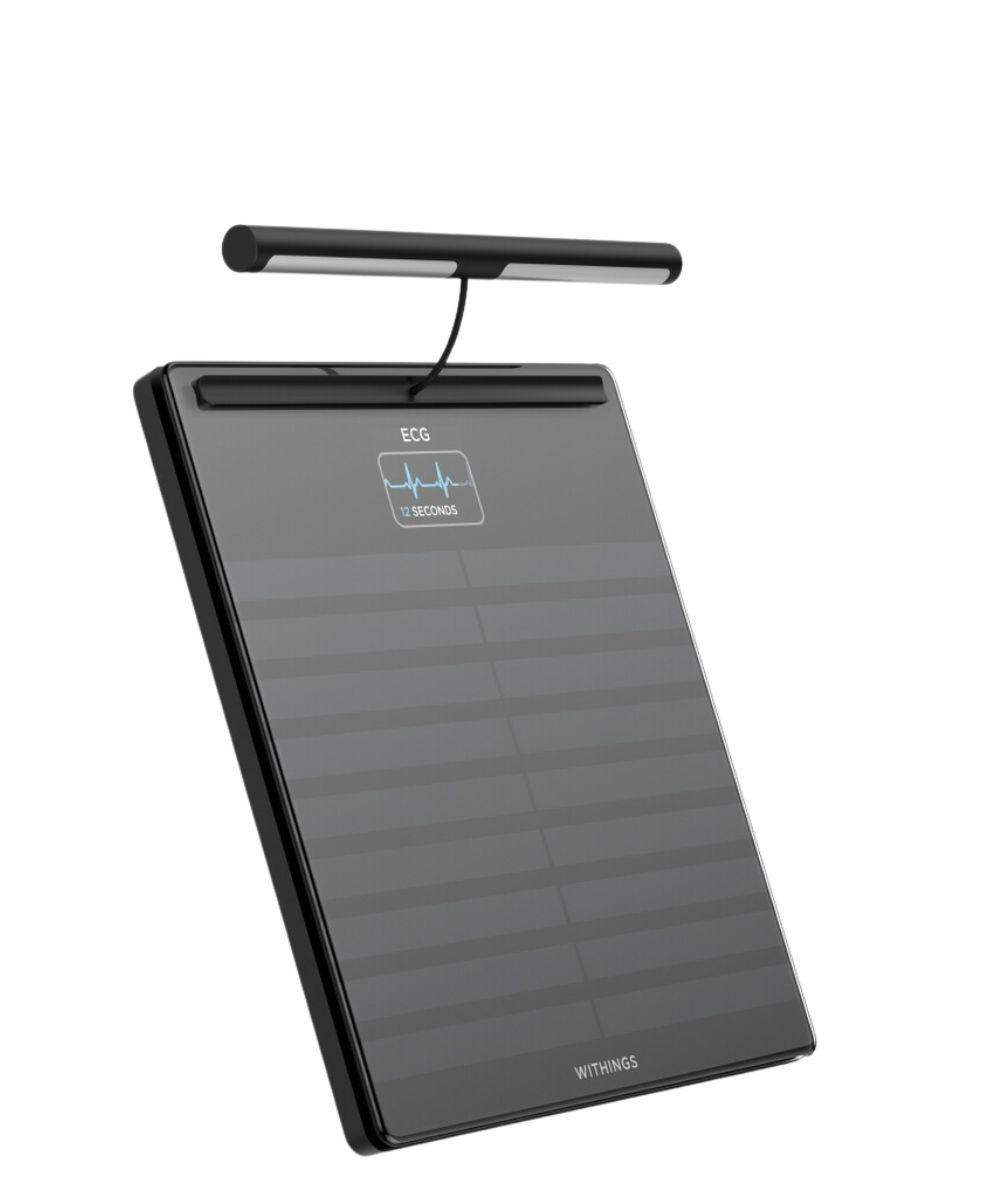
The best premium scale
Withings describes its Body Scan smart scale as a “connected health station.” It's also the most accurate in this roundup.

The best Apple ecosystem integration
This designation also goes to Withings. The WatchOS app is beautifully designed, and you get robust Apple Health sync.
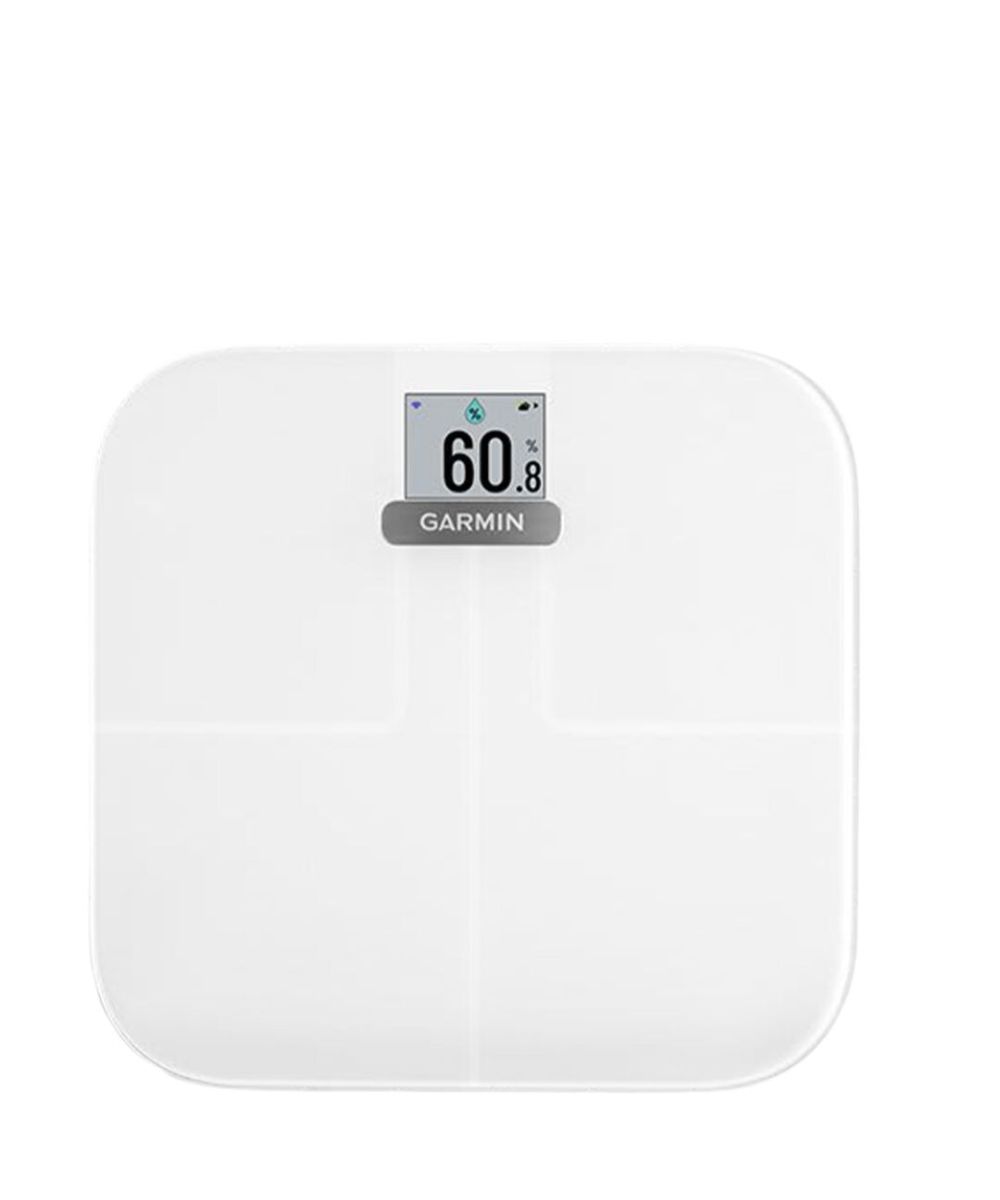
The best scale for hardcore runners
For hardcore runners we looked at the Garmin Index S2, one of the only scales on the market which works natively with Garmin Connect.
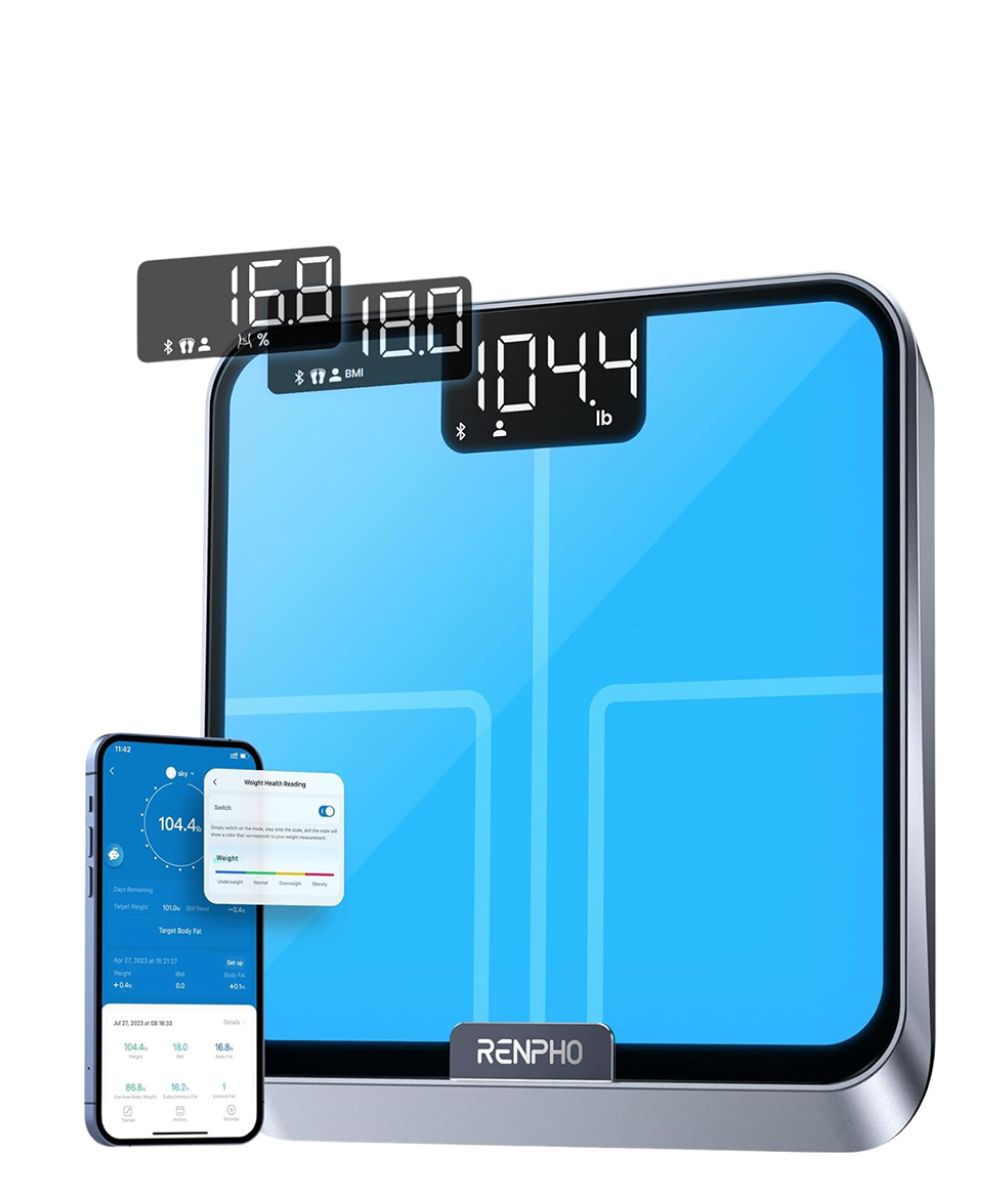
The best scale for aesthetics
RENPHO’s Elis Chroma is a petite scale with an RGB platform that puts the “fun” in “functional.” It's customizable colors spice up your bathroom decor!
The best scale for most people: in depth
You can always trust iMore.
The best BIA smart scale: in depth
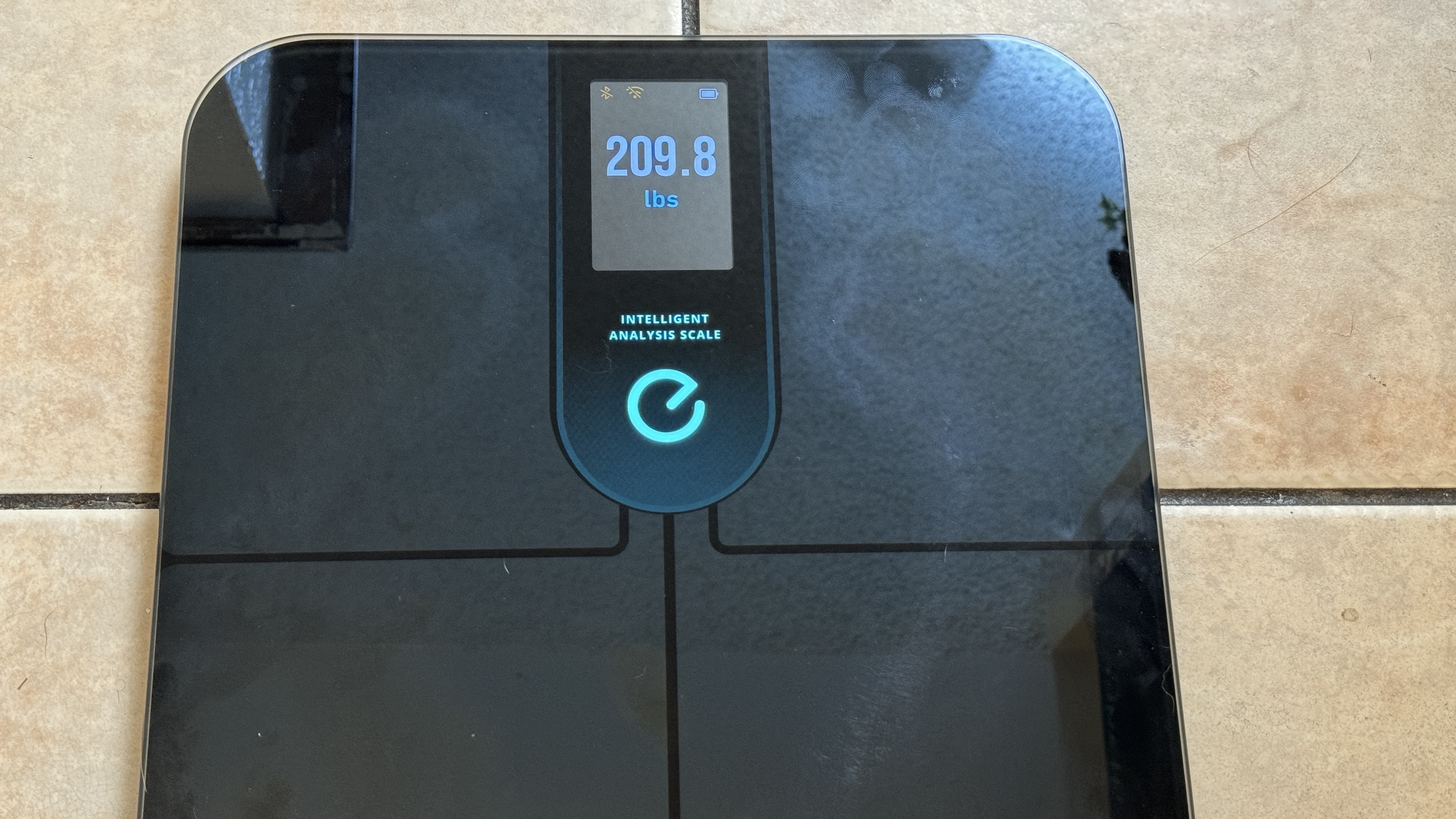
Specifications
Reasons to buy
Reasons to avoid
Anker does a great job of bringing products with a lot of value to market. Their mix of competitive pricing with a robust feature set, often makes them a go-to look for those gadget shopping, and their Eufy P3 BIA smart scale is no different. When you first remove the P3 scale from the box, you’ll notice its elegant mirror-finish design in black and once you power it up, that large, vibrant display. You can see all of your analysis data without having to open an app as it scrolls through different cards on the screen.
Anker’s Eufy P3 “intelligent analysis scale” is easy to set up and to use. Download the EufyLife app and create a user account. Enter the appropriate info: weight, height, birthday, etc. Once you’ve done that, install the batteries, select “add device” in the app and follow the directions. Having removable batteries will mean that you aren’t trying to find an outlet to recharge something which sits on your floor. The 4 AAA batteries should last you 3-4 months. It’s platform isn’t the widest we tested but should work for most people and is one of two in the roundup which supports up to 440lb users instead of just 400lbs like the other scales.
The Eufy P3 measures 16 data points, including: weight, heart rate, body fat, muscle mass, basal metabolic rate, baby weight, and pet weight. It even offers a “Basic Mode” which turns off the electrical current if you’re pregnant or wear a pacemaker. What makes this the best overall scale for most people is the mix of features, ease-of-use and accuracy. The Eufy P3 was the second most accurate body analysis smart scale when compared to my DEXA results. It was off by approximately a point with the body fat percentage and was close enough with my lean mass and fat mass numbers.
The best info dense display: in depth
The best info dense display: in depth
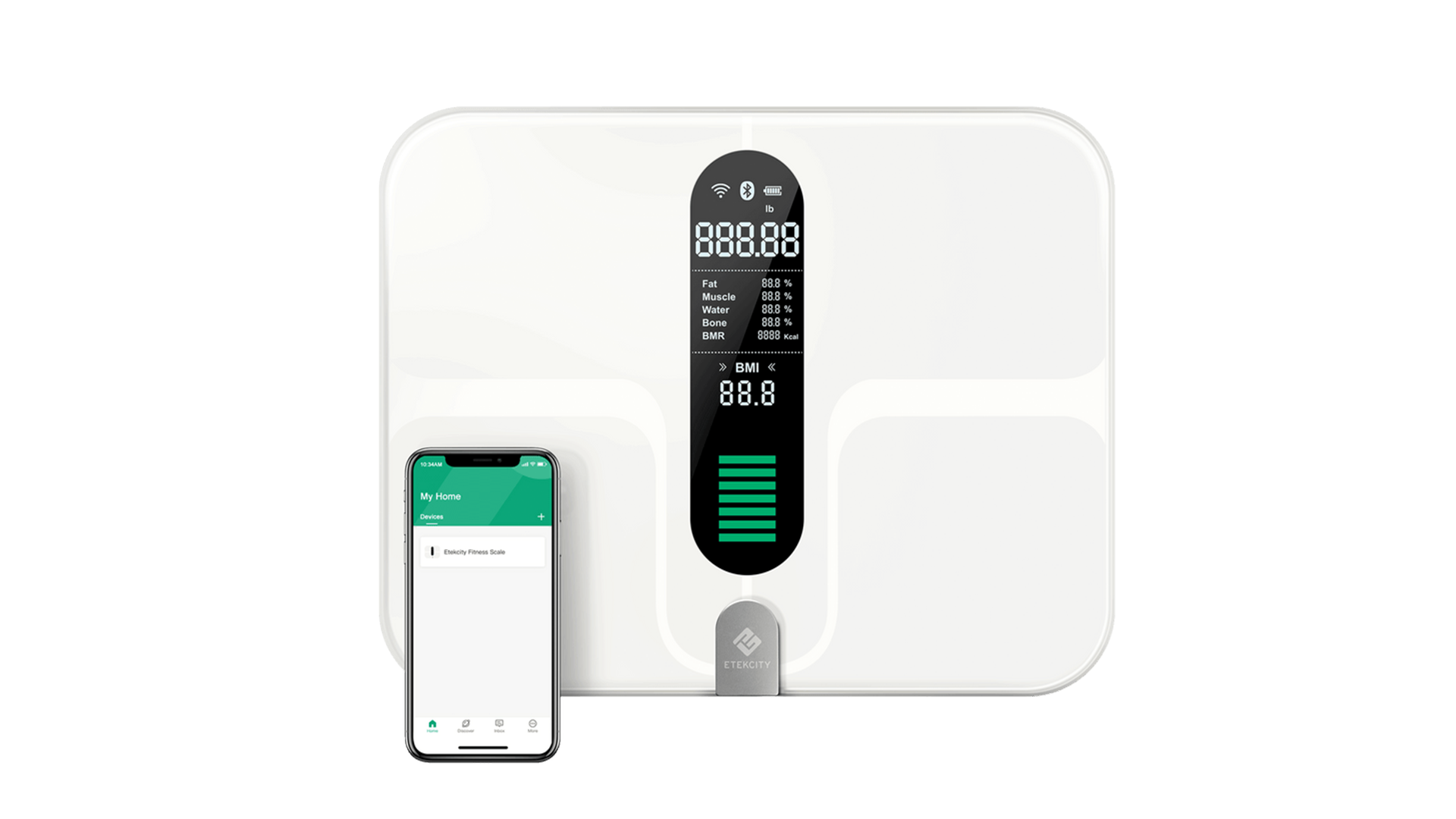
Specifications
Reasons to buy
Reasons to avoid
Etekcity’s ESF00+ is built like a tank, so if you’re a large human, you won’t feel like you’re about to break it. But your tummy may not be the only thing hindering you from seeing the data on the display. There’s a lot of it, and the text is small. Unlike some of the others in this roundup, you get to see 7 of the 12 metrics the scale analyzes at-a-glance on the long, vertical screen and there’s even a section of color-coded has lines at the bottom of the display to show you at-a-glance how your BMI is trending, though I take BMI with a grain of salt.
The Etekcity ESF00+ really feels like it’s going to last you quite some time. It’ll likely outlast the 1000 mAh lithium ion rechargeable battery embedded in it. It’s the heaviest of the lot that I’ve recently tested, weighing in at just over 7 pounds, so you may actually lose even more weight just shuffling it around if you don’t have a permanent location for it. The wide, nearly 15 inch deck accommodates those of us with large feet and thick thighs which is a boon as BIA scales work best when you stand with your arms not touching your sides and your legs not touching each other. A tough feat for some of us with heartier frames, standing on a narrow scale.
That said, the body composition was off on some metrics by a few points, though the weight measurement was consistent and pretty accurate. My DEXA scan showed me having a BMI of 28.3, ESF00+ was 28.3. DEXA total body fat % was 23.6, ESF00+ was 28.7. DEXA lean mass showed 165.20lbs, ESF00+ was 149.2lb. DEXA fat mass was 51.14lbs, ESF00+ doesn’t offer this metric, per se. Just subcutaneous fat % and a separate visceral fat score.
The best premium scale: in depth
The best premium scale
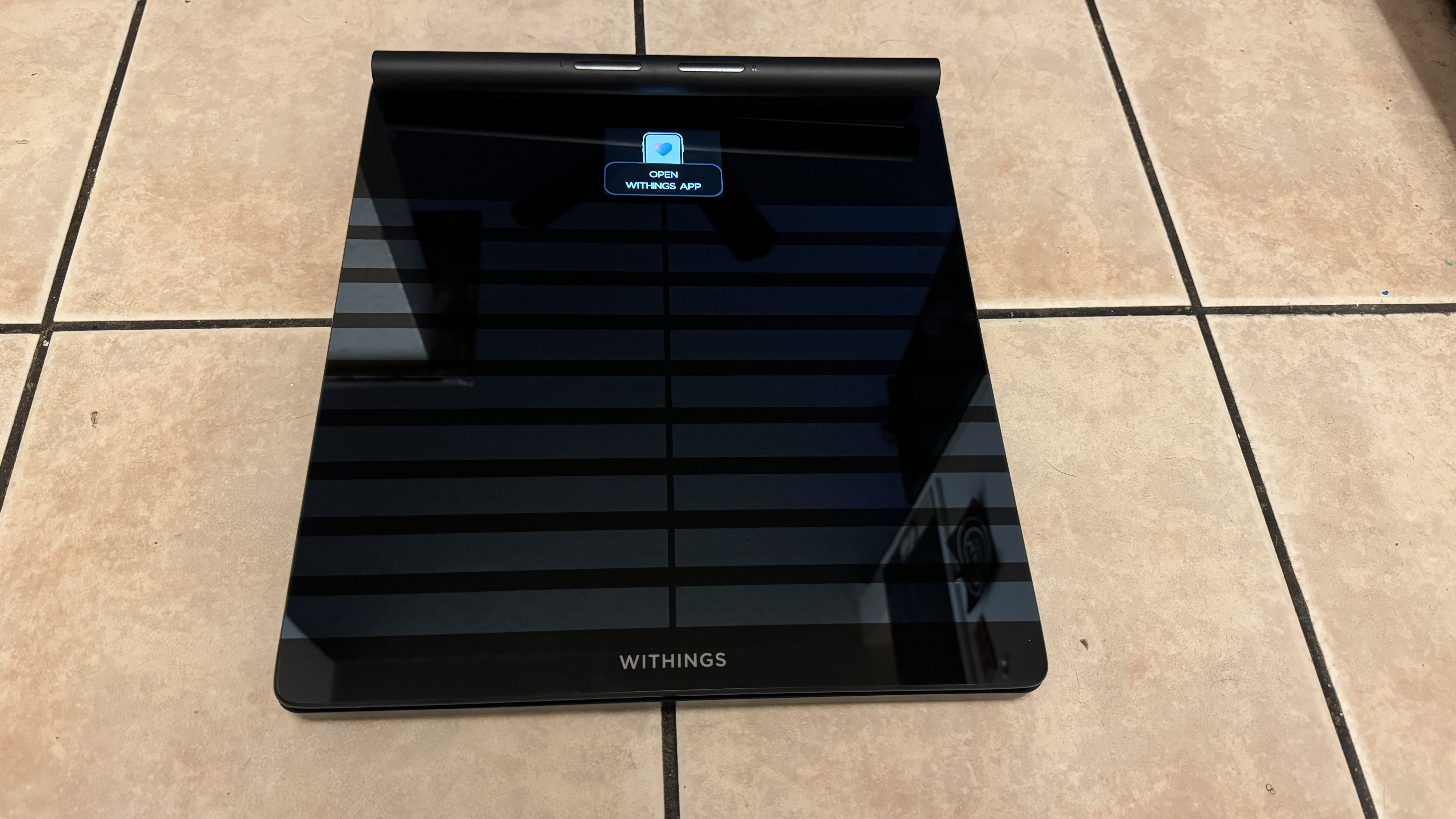
Specifications
Reasons to buy
Reasons to avoid
“Connected health station.” That’s how Withings bills the Body Scan smart scale, and it is just that. It has all the bells and whistles (literally), and uses a handlebar to give you more precise measurements than just about any other consumer smart scale. But this scale isn’t for those looking for “simple,” or those on a budget. At $399.95 this isn’t an impulse purchase for most people however, after using it for a few weeks, I think it’s worth every penny if you can afford it. Why? I’ll tell you.
There is pretty much nothing this scale won’t do, including show you the air quality index, along with the weather. It feels like Withings was attempting to replace your doctor’s office visits with this scale. I’m only partially joking! The Body Scan takes measurements you’d see from other smart scales like overall body fat %, total body water %, or muscle mass farther by including an ECG which gives it the ability to detect heart arrhythmia aka AFib, and is FDA approved so bank on this one. If it detects something “off” see a doctor right away. You’ll also get heart rate info every time you weigh yourself because of that ECG.
The scale also includes an electrodermal sensor which evaluates your sweat gland response to electrical stimulus, and gives you a score. Why is that important? I have Type 2 and one of the issues common to that is nerve problems in your feet if you let the disease progress. Along with other ailments, this EDA score will help you keep tabs on the healthy functioning of your body’s nervous system and blood flow, which is critical to having healthy lower body appendages, and can be an indicator of health issues if the numbers start trending in the wrong direction. Body Scan also includes something called Pulse Wave Velocity (PWV) technology, which measures the stiffness of your arteries and tells you your “Vascular Age.”
As expected, the Body Scan provided the most accurate body composition analysis, even going as far as to provide segmental analysis (no other scale in this roundup does that), and showing you the stats on your trunk, separately from each arm and each leg. It was within one to two points or pounds in just about every metric it measured when compared to my DEXA results.
Best Apple ecosystem integration: in depth
Best Apple ecosystem integration
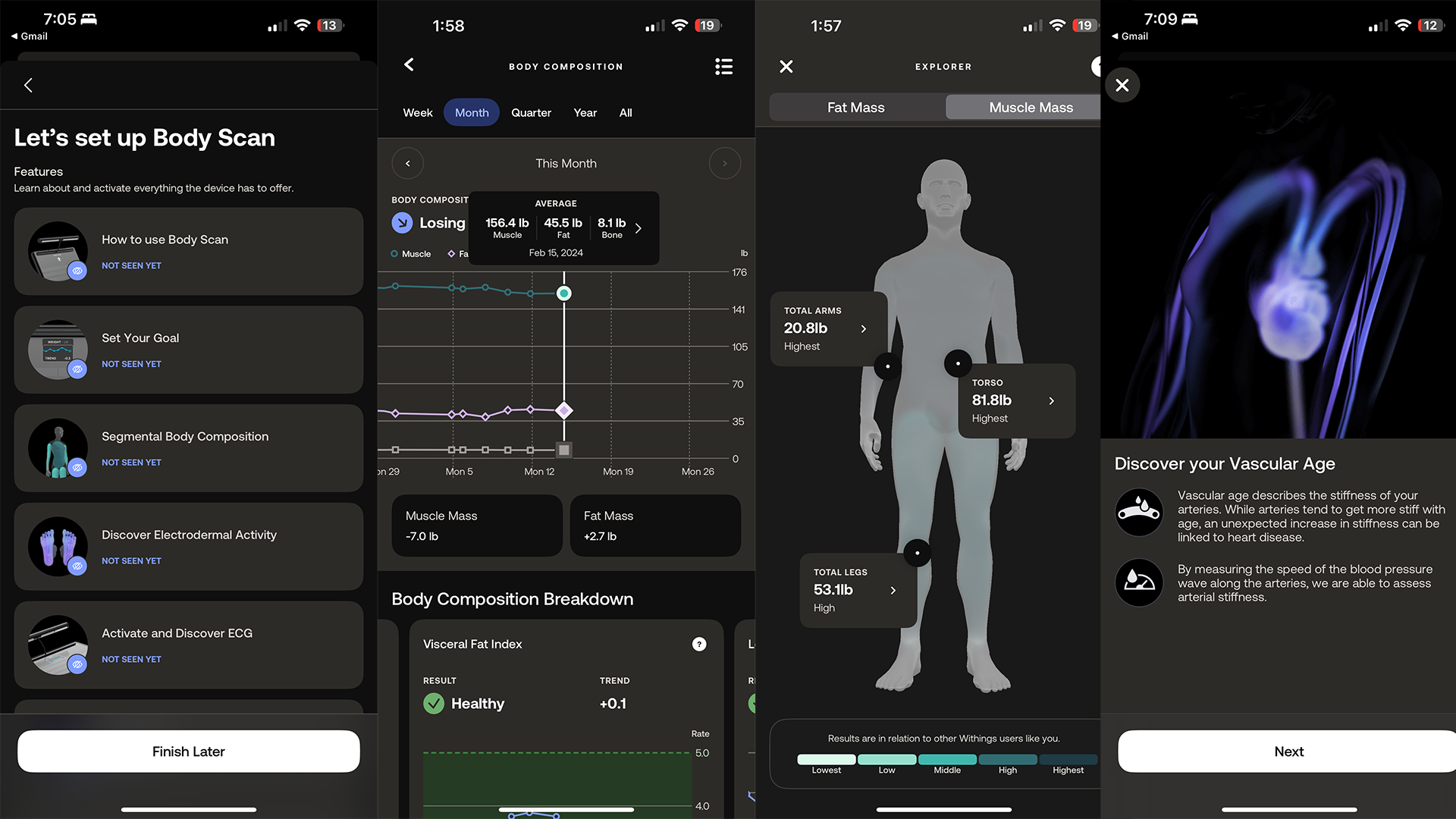
Reasons to buy
Reasons to avoid
I know we’re looking at a scale twice, but Withings’ Body Scan took best of show in its Apple ecosystem support as well. Most of the scales we featured here sync to their companion apps via Wi-Fi, a couple via Bluetooth only, and all of them connect with Apple health except for the Garmin Index S2. But only three of the scales have WatchOS companion apps, and frankly, there’s only one which excites me. To be fair though, I LOVE data density, whereas some others may find it all a bit overwhelming and prefer one of the competitor’s WatchOS apps.
As I’ve gone through all of the companion apps for these scales, the Body Scan appears to have the most robust two-way sync with Apple Health and because the Withings app actually is built to be its own version of Apple Health, if you really wanted to, you could look at it solely for all of your Body Scan data and the info your Apple watch gathers from your workouts. Remember that Withings has its own stable of smartwatches which is why their app is so feature rich.
The standout feature for the Withings app, in this roundup, is the segmental body composition analysis. Tapping this card allows you to deep dive and see your fat mass for your arms, legs, and torso as percentages, then your muscle mass for those same body parts in pounds. But you can go deeper and see that information at an even more granular level for each leg, and each arm, and with all of those segmental numbers, they include where you lineup according to your age and height with other users.
The WatchOS app is beautifully designed and let’s you scroll through a list of headings which show trending numbers as “+” for going up, and “-” for trending down. Those headings are: Activity, Sleep, Body, Heart, and Menstrual Health. Of course, since you’re using the Body Scan, tapping on the “Body” radio button takes you to a screen with more granular data on 5 of your body composition data points captured by the smart scale.
The best scale for hardcore runners: in depth
Best scale for hardcore runners
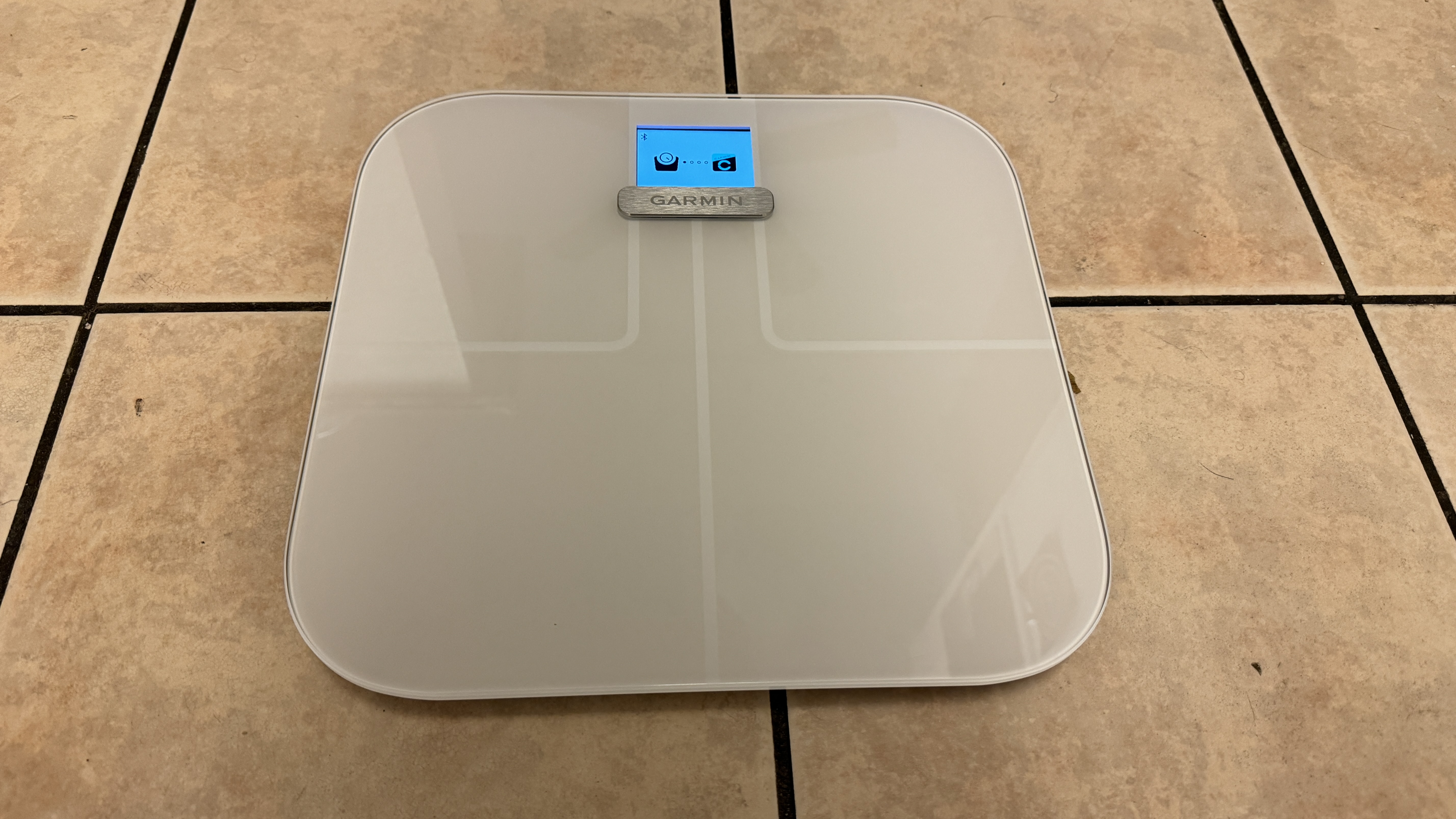
Specifications
Reasons to buy
Reasons to avoid
There are scales which do what the Index S2 does and more, for less, but they don’t support Garmin Connect. If you’re a hardcore athlete and you live by your performance metrics, and keeping everything easily accessible in one place is important, it may be worth the premium price ($149.99) to you to add this Garmin product to your high performance ecosystem. In my research, I found Garmin’s scale to be the most widely available online and in brick-and-mortar stores, so if you don’t like to wait for shipping, this is a good option if it fits the bill for you.
Garmin’s Index S2 is easy to use, and best of all, features Wi-Fi syncing so you don’t need your phone nearby to use it. Additionally it runs on 4 AAA batteries which Garmin says should last you roughly 9 months, so no need to fuss with finding an outlet to recharge the scale near wherever you’re keeping it. The only challenge I faced here was that on more than one occasion I had to measure multiple times to get a satisfactory result. One attempt, weighing myself three times until I got a weight I knew was in line with four other scales I was testing. The Index S2 was about 5 pounds off until the fourth measurement. I said this isn’t a deal breaker because the S2 does give you the proper weight. You may have to hop on a couple times to get it and that’s something I’ve actually experienced with more than one scale.
Probably the most important feature for those who would consider this scale is its connection with the Garmin ecosystem through the Garmin Connect app. On the scale itself you can see data points for 9 metrics, including weight, but those metrics become analytics in the app once you’re presented with multiple trend graphs, your daily measurement numbers, and your 1 day, 7 day, 4 week, and 1 year averages at-a-glance. And all of that data is in Garmin Connect so you can cross reference it with your workout or race data and see how you’re performing at various weights and body fat percentages, and optimize your rest, recovery, nutrition, and training accordingly. And to aid with how all of that data connects, you can also connect to MyFitnessPal, and Strava if you don't use Garmin Connect for your running data.
The best scale for aesthetics: in depth
Best scale for aesthetics
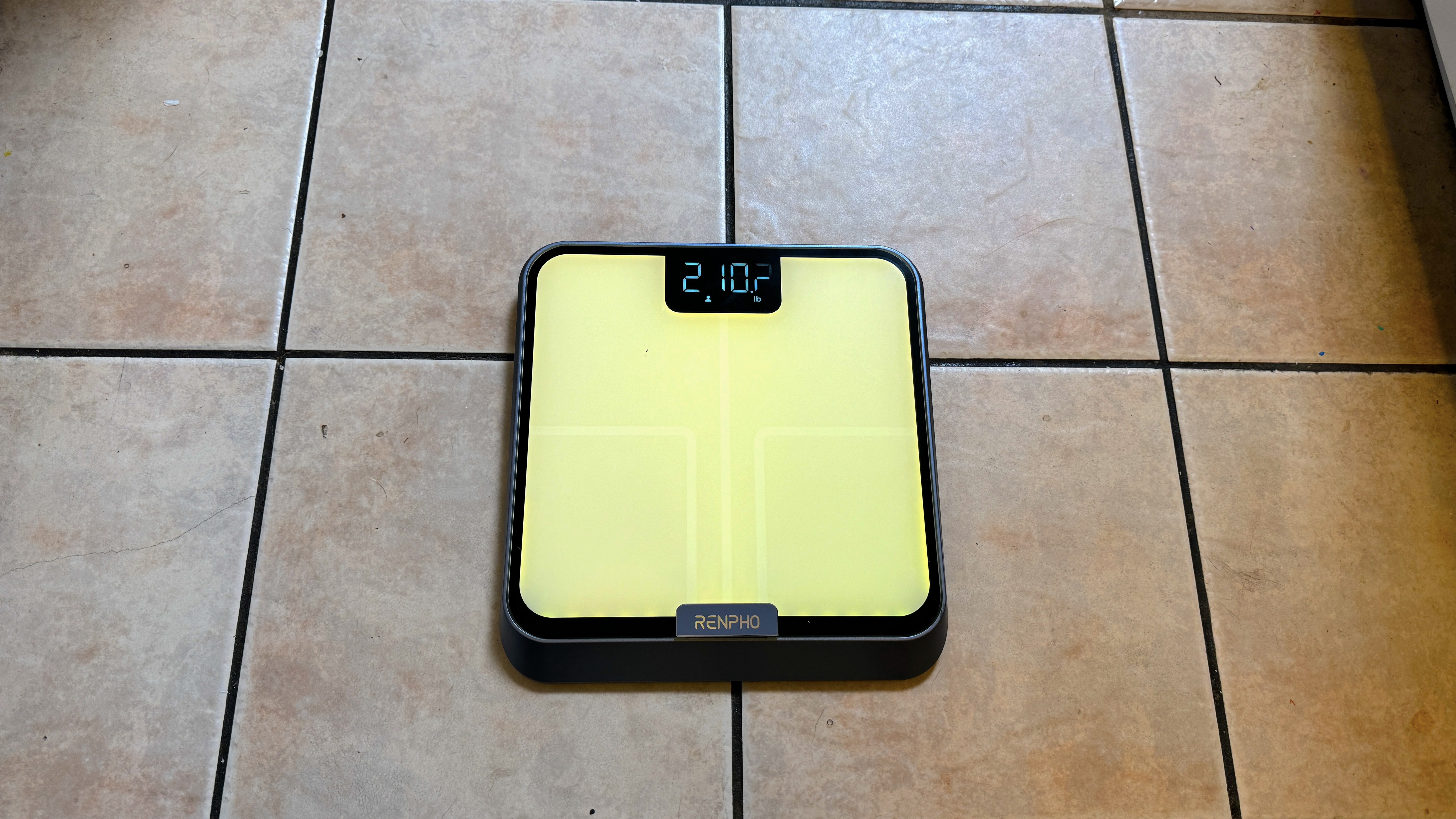
Specifications
Reasons to buy
Reasons to avoid
Much like many smartphones, many of the smart body scales are the same. Boring black or white slabs. Enter: RENPHO’s Elis Chroma. A “smart body scale” with an RGB deck which isn’t just pretty, it’s also functional. And while the scale does come with some caveats -they all do- I really liked the simplicity of its apps, and its bluetooth connectivity was rock solid!
The reason you’re here is for the light show! You need to have an active connection with the scale, but when you do, you can go into the Color Management settings and play to your heart’s content. You can set the lights so that when you weigh yourself the color corresponds to the BMI reading but It’s the pulsing light customizations that I loved, AND the ability to use the scale in ambient light mode like a night light.
The scale is light and plasticky, but when you step on it, you don’t feel or hear any creaks or other signs that it might be cheaply made. The only real drawback to the build is the size of the deck. I wear men’s US size 12 shoes and my feet barely fit, requiring me to be very intentional about how I place my feet on the scale. It has a USB-C port on the front edge, which doesn’t feel cheap. It does come with a charging cord which unlike some of its competitors, is NOT comedically short. Next to that you’ll see a reset button and microphone for sound activated use. If you want to add some swag to your bathroom, and a night light (if you have an outlet in the right place), this may be the scale you’ve been looking for!
How to choose
These are bioelectrical impedance analysis scales and as such, there are some things you should know about how they operate which will help you make the best decision possible when choosing the scale that’s right for your needs. So, let’s get into those.
The “Explain it like I’m 5” low down on BIA function is this: the scale sends undetectable (to you) levels of electrical current through your body. That current flows through your body and back down to the scale, where algorithms analyze and tell you about your body composition. In order for that analysis to be reliable, the scale needs to know your age, weight, and height. Secondarily, your (low) hydration levels can negatively affect the accuracy of the result, and for scales using only electrodes in the feet (built into the platform), your bare thighs touching may affect accuracy as well. And that is the super simple explanation of BIA and what you need to know to get the most out of using one of the scales in this roundup.
These are the things to consider as you make a decision based on this guide:
- Most of the scales in this roundup are 11-12 inches wide. That will be fine for a lot of people but there are certainly large segments of our population for whom that may not be ideal. So, if you’re a wider framed person, you should consider a scale with the widest platform possible. Note that, even if you’d consider yourself “petite” you can still have wider hips and thighs, or as we say you can be “slim thick.” So, for you the Etekcity ESF00+ which has a platform that is almost 15 inches wide, may be the best option. But you should know that your thighs touching while wearing lightweight shorts during your weigh-ins works as well. Just as long as the shorts prevent skin-to-skin contact.
- If you wear a US size 12 shoe or greater, platform size is also something you should be considering. Be sure to look at the platform length dimensions for the scale you’re interested in. We’ve included those numbers in this roundup’s “Specifications” section for each scale so you don’t have to go searching for them.
- Is the scale battery operated or rechargeable via USB? If your bathroom isn’t set up to make recharging easy, you may want to consider removable battery operated scales. I don’t know that this is a huge deal because most of these scales should last you months with removables or rechargeable Li-ion batteries (USB), in one case the manufacturer claims up to a year on a charge.
- I’ve seen some complaints on Reddit about users not getting accurate measurements from the Withings Body Scan but after reading through them, and as pointed out by other users in those comments, many people didn’t read the directions and weigh themselves accordingly. The Body Scan has a handlebar and just like scales with electrodes only in the feet which require your thighs to have space between them, or cloth, your arms should be slightly flared out when holding that handlebar so that they aren’t touching your sides. The Body Scan does a lot, so be sure to really read the manual to get the most out of using it!
And that's it! Get out there, get to know your bodies better -on the inside- and let’s be metabolically healthy! If you have any questions, don’t hesitate to reach out to me on the Internet. You can find me @tshakaarmstrong pretty much everywhere!
iMore offers spot-on advice and guidance from our team of experts, with decades of Apple device experience to lean on. Learn more with iMore!

Tshaka Armstrong is a nerd. Co-Founder of the non-profit digital literacy organization, Digital Shepherds, he’s also been a broadcast technology reporter, writer and producer. In addition to being an award-winning broadcast storyteller, he’s also covered tech online and in print for everything from paintball gear technology, to parenting gadgets, and film industry tech for Rotten Tomatoes. In addition to writing for iMore, he’s a video contributor for Android Central and posts everything else to his own YouTube channel and socials. He blathers on about his many curiosities on social media everywhere as @tshakaarmstrong.
